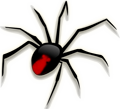Brown Trapdoor Spider
Misgolas
 NEW There's an alternative version of this page at the new website www.ark.au/brown-trapdoor-spider.html NEW There's an alternative version of this page at the new website www.ark.au/brown-trapdoor-spider.html
Family: Idiopidae
Size: Male body 20 mm, female body 35 mm.
Distribution:
Habitat: Despite their name, the Brown Trapdoor Spider lives in an open hole in the ground with no trap door at the top. Also they usually look more black than brown.
References:
About the Brown Trapdoor Spider There are a lot of these where I live, there would be over 20 holes in my garden. Even with that many holes, I've only ever seen a spider three or four times over many years. They look a lot like funnel web spiders, but not as black (but still enough to call them black rather than brown), and not as "built", like a funnel web that's spent less time in the gym.
Note that dead spiders usually fade in colour, so nearly all the spiders will look blacker or darker in colour in real life than they do in the photos of dead spiders from the museum. 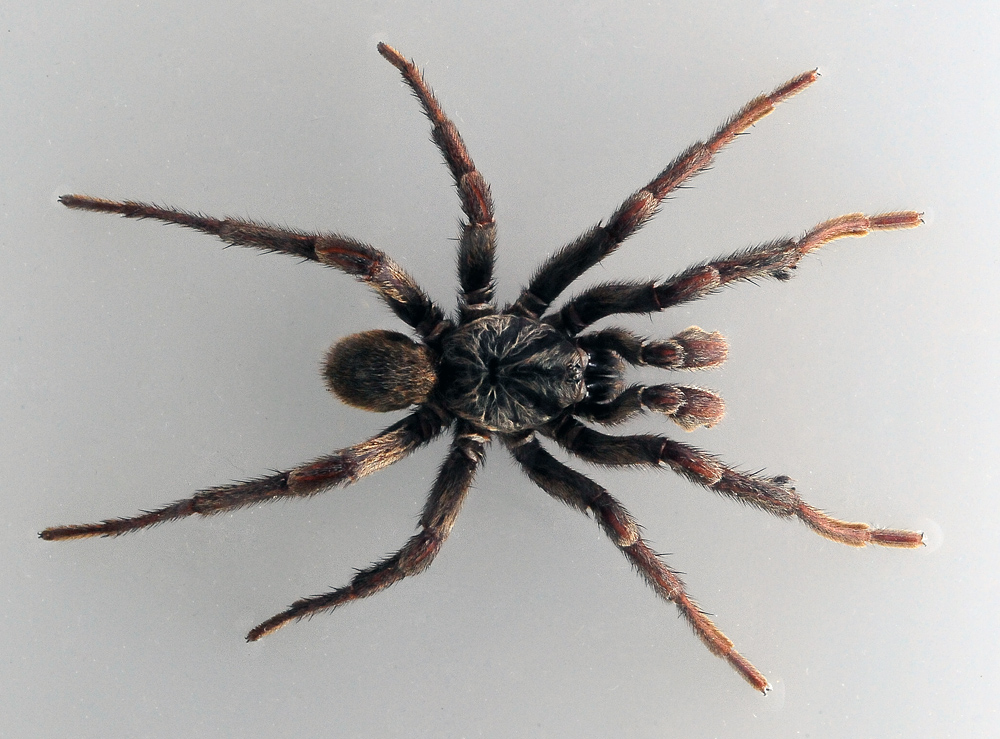
Photo taken at Australian Museum, Sydney. High Resolution 3476 x 2440.
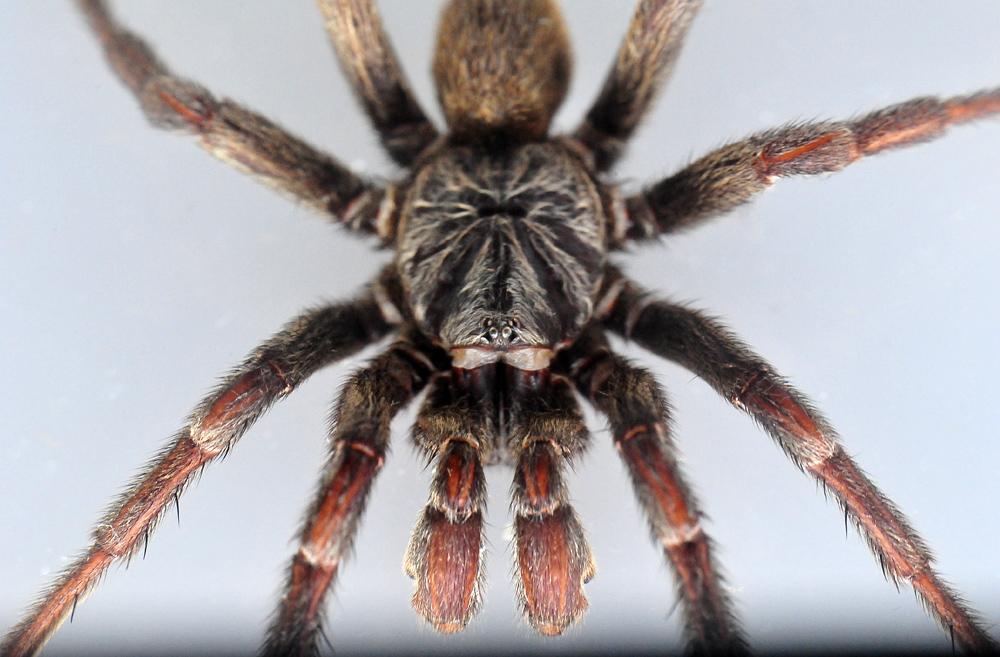
Photo taken at Australian Museum, Sydney. High Resolution 4148 x 2724.
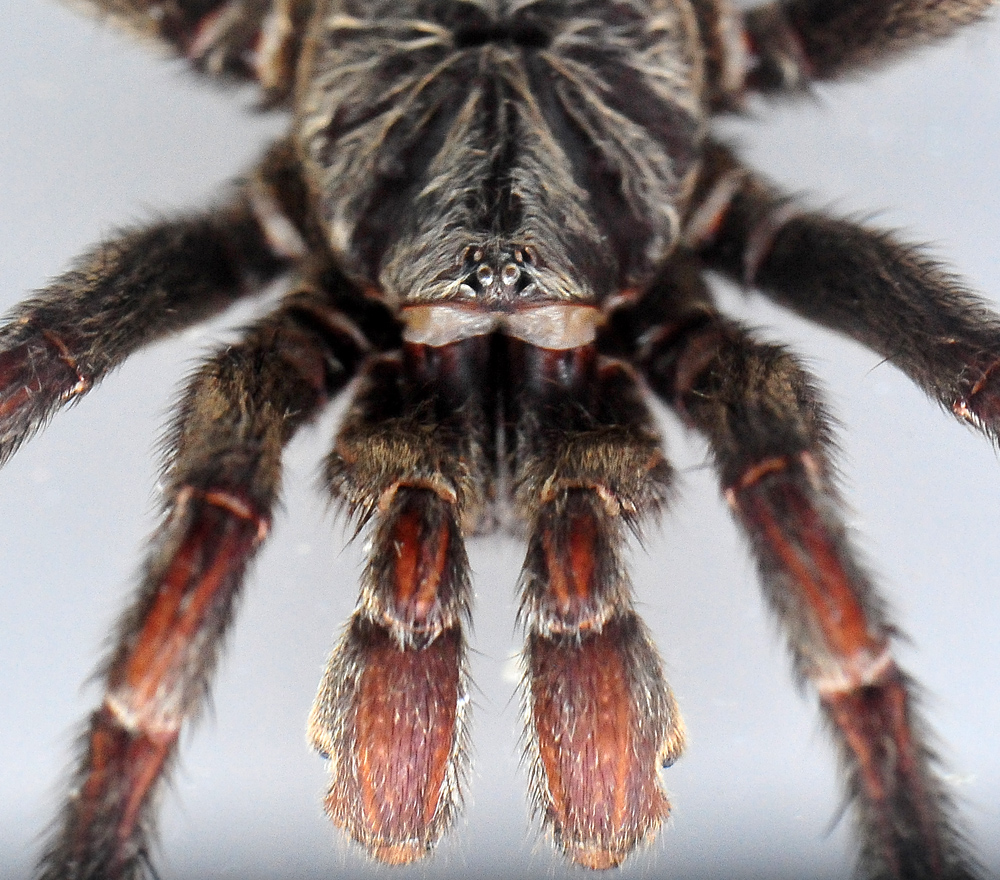
Photo taken at Australian Museum, Sydney. High Resolution 2324 x 2023.
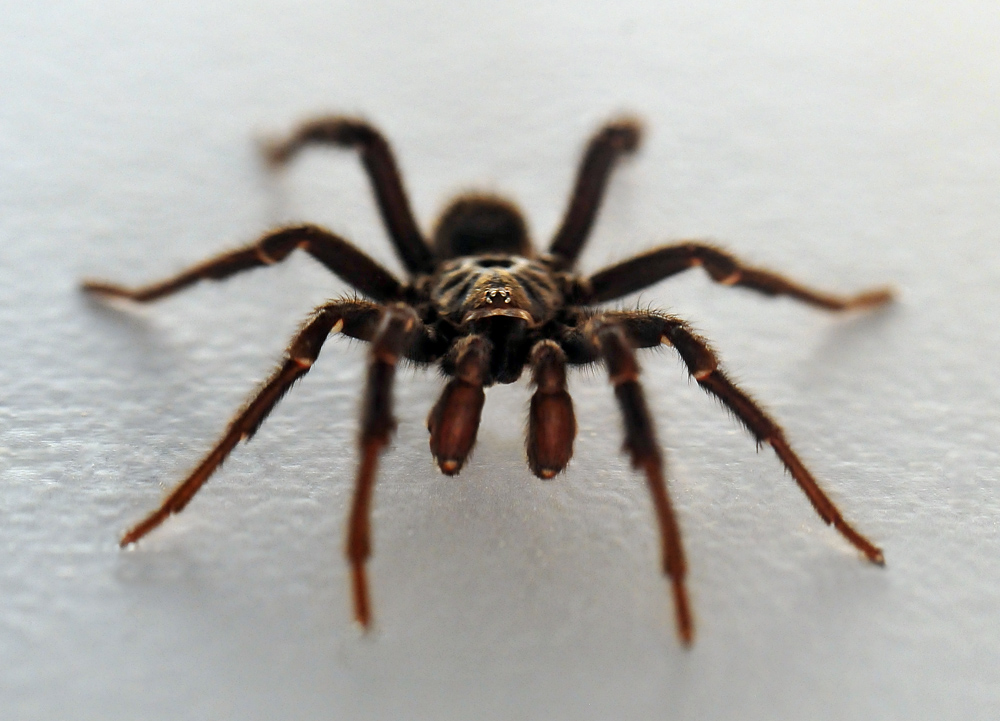
Photo taken at Australian Museum, Sydney. High Resolution 3984 x 2588.
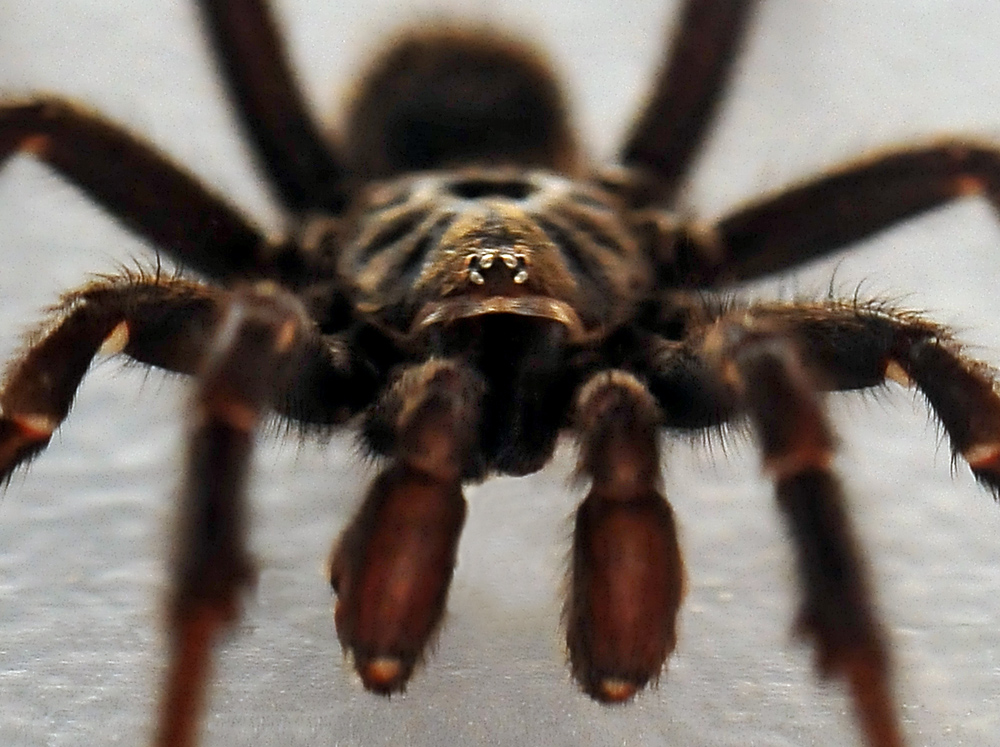
Photo taken at Australian Museum, Sydney. High Resolution 1182 x 883.
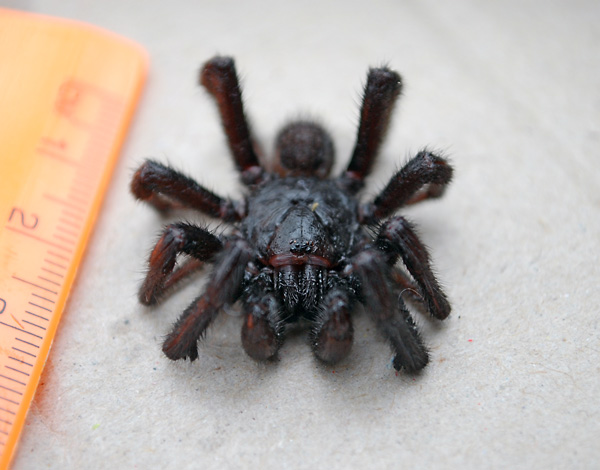
Photo: Lower Blue Mountains, NSW. High Resolution 2374 x 1860.
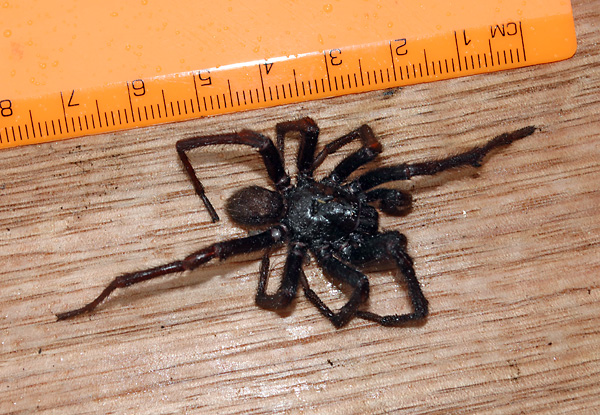
Photo: Lower Blue Mountains, NSW. High Resolution 2465 x 1706.

Left to Right: Southern Tree Funnel Web, Sydney Funnel Web male (L), female (R), Brown Trapdoor male (L), female (R), Eastern Mouse Spider male (L), female (R). Photo taken at the Australian Museum, Sydney. High Resolution 3460 x 788.
Recommended Reading
|
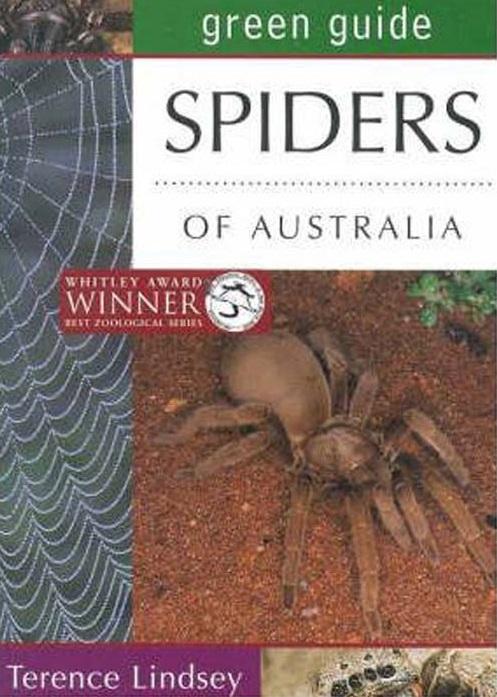 Spiders of Australia: Australian Green Guides, by Terence Lindsey.
Spiders of Australia: Australian Green Guides, by Terence Lindsey. This is a smaller one at 96 pages. From the publisher, "The Australian Green Guides have been created for wildlife enthusiasts of all ages. The most commonly asked questions are answered with particular emphasis on fascinating behavioural insights into both common and unusual creatures.
The pages are alive with entertaining and informative text accompanied by exciting action photography."
Purchase from Amazon.com.au (Australian Site)
| See Also
Australian Mammals
Australian Birds
Australian Reptiles
Australian Frogs
Australian Fish
Australian Wild Plant Foods
Return to Australian Spiders
Return to Site Map
Share This Page
australian brown high museum photo resolution spider sydney
Content is copyright © Survive.au 2005-2025 All Rights Reserved. Terms of Use. Definitely read the disclaimer before trying anything from this website, especially including the practices and skills. This website uses affiliate links – this doesn't cost you any more, but I get a commission on purchases made through the website. As an Amazon Associate I earn similarly from qualifying purchases.
|










